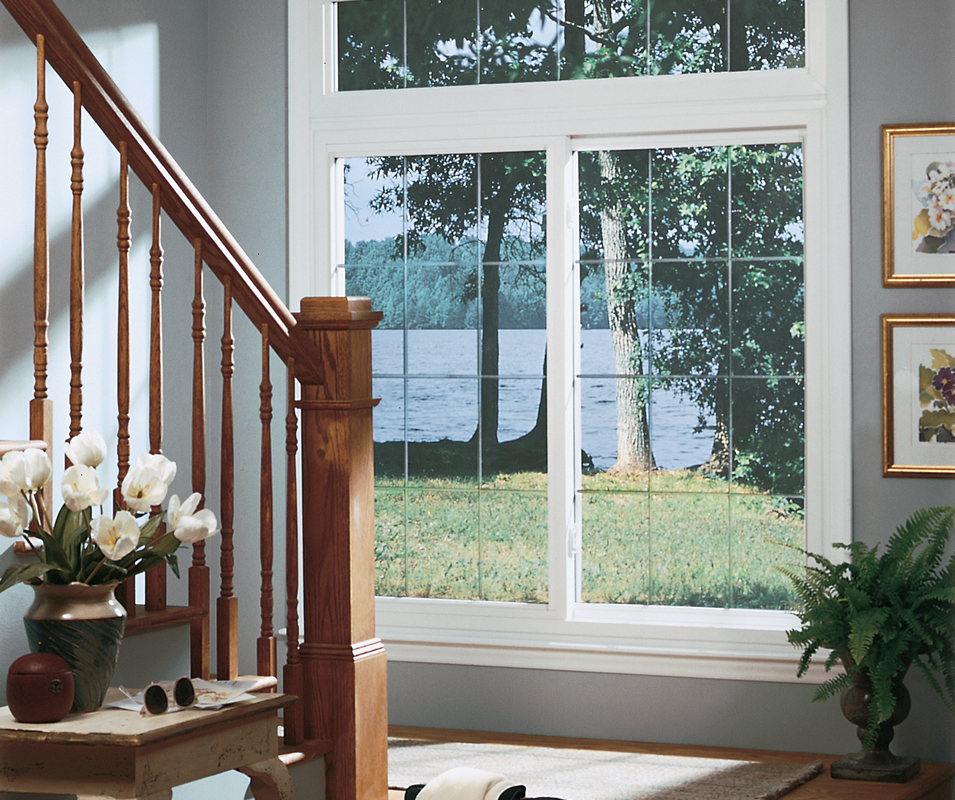
Choosing the correct replacement windows for your home can be a daunting decision. Just about every manufacturer advertises that their windows are the best, backing up the claims with evidence that you might not completely understand, but sounds quite impressive.
So the question remains: what factors should you be considering when choosing the right windows for your home?
There are many resources out there that can help you understand the sometimes arcane terminology around replacement window quality. You know, terms like LowE, Argon, ER Ratings and U-factors. Here is a quick glossary of some of the key terms you will encounter when looking for replacement windows.
Insulated Glass Unit (IG Unit) – This refers to a combination of two or more panes of glass with hermetically sealed air space between. This space may be filled with an inert gas, such as argon.
Low E Coatings – This is a special type of glass with a microscopically thin metallic layer vacuum deposited into its surface to act as a thermal mirror. In the summer, Low-E glass lets in visible sunlight while minimizing infrared and ultraviolet solar energy that can increase cooling costs and cause curtains, carpets and furniture to fade. In the winter, Low-E glass helps reduce heating costs by reflecting indoor heat back into the room.
Argon Gas — Argon is an inexpensive, non-toxic, odorless gas used in residential windows to prevent frost from forming at the bottom of the window. Use of argon gas also increases the sound-proofing characteristics of the window.
R-Value – This number represents a material’s resistance to heat flow and its ability to insulate. The higher the R-value, the better insulation performance
U-Factor (also referred to as U-value) – This term refers to the rate of heat flow through a glazing system. The lower the value, the better the insulating quality. U-factor can be compared to R-value by dividing 1 by the U-factor. For example, a U-factor of 0.5 equals an R-value of 2.
ER Value – This is a combination formula that includes the U-factor, air leakage and the benefit of potential solar gain. The higher the value, the higher the potential annual energy savings.
The ENERGY STAR program is a valuable resource for consumers in the market for energy efficient windows. A 2012 survey shows that 88% of Canadians found ENERGY STAR to be the most useful tool in finding energy-efficient products, and a 2009 survey found that 7 in 10 Canadians choose ENERGY STAR qualified products over non-qualified products
Now that you understand what these key terms mean, you can use the ENERGY STAR website to learn which windows meet these criteria. Use this link to reach the section of the ENERGY STAR site which tells you which windows are meet its strict requirements.
If you need more information, Natural Resources Canada has produced a detailed publication which will help guide you through the world of replacement windows. Follow this link to download a free copy: http://publications.gc.ca/collections/Collection/M92-156-2003E.pdf